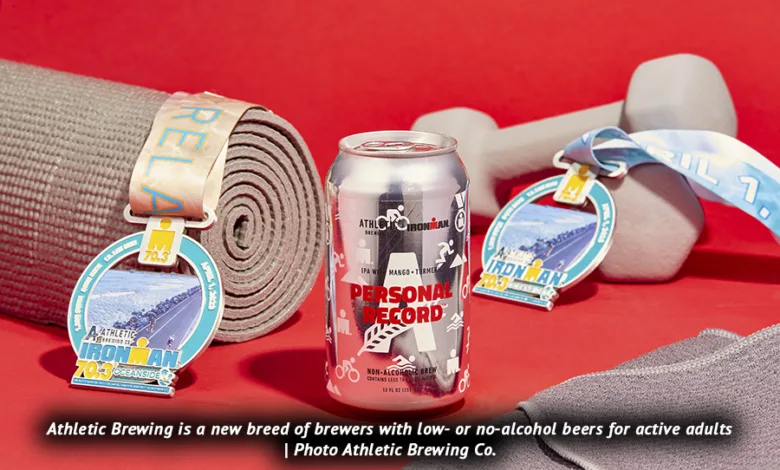Beer for Workout Recovery

Late last year, Mavericks star Luka Doncic raised eyebrows around the NBA with a record statistical night: 60 points, 21 rebounds, and 10 assists.
But what made that overtime win over the New York Knicks so memorable was what Doncic said during the post-game interview: “I need a recovery beer.”
Hang on. What? Who drinks a beer after exercising? Anyone of a certain age trying to keep in shape is probably more familiar with knocking back a bottle of water or Gatorade after a hard workout.
But, yes, recovery beer has become a thing recently, and there is some scientific validity to it.
Research Supports the Beer/Recovery Connection
Before we get into the research, it’s best to remind you: Excessive drinking can take a toll on the body. According to the Centers for Disease Control and Prevention, excessive consumption has been linked to high blood pressure, heart disease, liver disease, gastrointestinal problems, and a weakened immune system.
But beer is rich in polyphenols, which are antioxidants when consumed, and they can be beneficial, according to Dr. Stephen Cheung, a board-certified family sports medicine physician at UC Health Primary Care in Erie, Colo.
Cheung pointed to a 2021 review of research that was published in the International Journal of Sport Nutrition and Exercise Metabolism. It found that, “when consumed in moderation, beer could have some positive effects for people undertaking regular training.” It also found that when people are looking to rehydrate after exercising, a beer with lower alcohol (i.e., less than 4% alcohol by volume) may be more beneficial.
Putting that into context: A Bud Light has 4.2% alcohol by volume, while a can of Coors has 5% ABV.
Picking the Right Beer for Your Post-Workout Recovery Drink
“If choosing a beer higher in alcoholic content (>4%) or [drinking more] than one beverage, the benefits decline due to risk of higher water and electrolyte loss and reduced muscle repair,” explained Cheung.
Some brewers are now capitalizing on the trend, marketing their own low- or no-alcohol beers formulated to be enjoyed after a workout.
In Europe, for instance, the maker of Thrive beer touts a product that has10 grams of protein, 13.5 grams of carbs and zero alcohol.
Here in the U.S., Athletic Brewing offers beers that have no more than 0.5% alcohol by volume. One of Athletic’s brews, Suped Up, was so popular it sold out within 10 days, said Chris Funari, a spokesperson for Athletic. (He added that a second batch is now in stock.)
The journal’s 2021 review of research cautioned that those who do drink a beer with an ABV of 4% or more after exercising should pair it with “a nonalcoholic option to limit diuresis.”
Cheung, too, recommended that if you must have a post-exercise beer, do so after drinking a more-hydrating beverage like water or a sports drink. Drinking alcohol after rigorous exercise places more stress on your body, especially on the kidneys and the cardiovascular system. He added that sports drinks are best during “long events with high amounts of perspiration,” as they have those electrolytes as well as glucose, which is the body’s main source of fuel.
If You Think It’s OK to Throw Down a Cold One During an Intense Workout, Think Again
“When doing a long event like a half marathon, consumption of beer during the event can be dangerous due to its diuretic effects and no electrolytes in addition to causing gastrointestinal upset and possible vomiting,” Cheung wrote in an email.
So hitting the gym doesn’t necessarily mean you need to hit a bar afterwards.
“I would recommend consuming proper hydration and refueling after exercise prior to consumption of alcohol and limiting alcohol intake to one beverage,” Cheung said.






